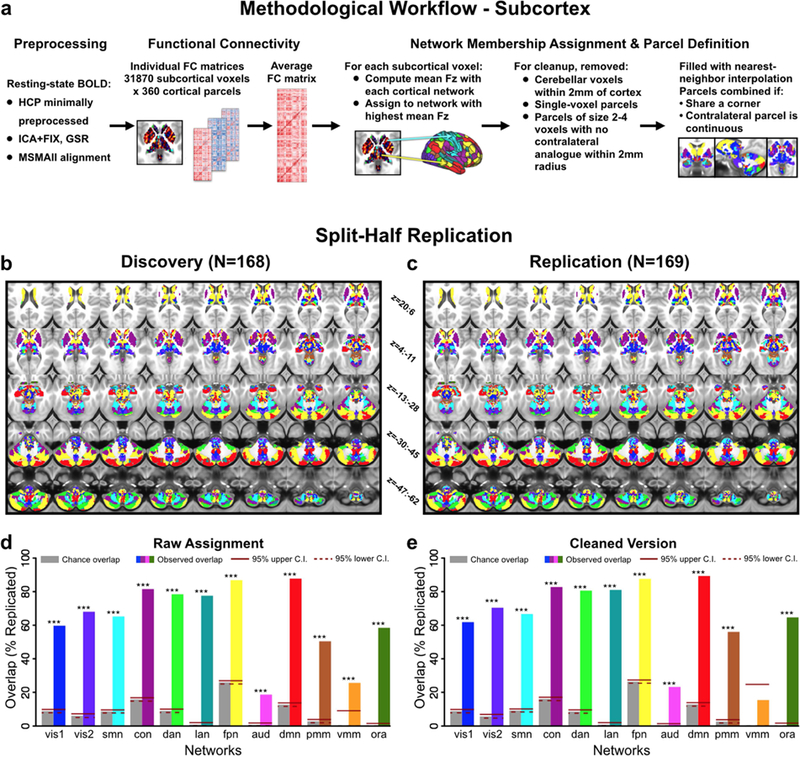Figure 4. Subcortical partition solution workflow and statistics.

A) Schematic workflow used to create subcortical partition. B & C) Split-half replication of the subcortical partition. The subcortical network assignment procedure was performed independently on two smaller sets of subjects matched for 22 demographic variables. D) Proportion of voxels in each network with replicated assignments, before any cleanup steps. Gray bars show proportion of voxels expected to replicate by chance given the size of each network. Solid and dashed red lines indicate upper and lower 95% confidence interval for chance, respectively. E) Proportion of voxels in each network with replicated assignments, after cleanup steps were performed (see Methods). The proportion of voxels with identical network assignments in both Discovery and Replication samples was significantly above chance for 11 out of the 12 networks (p<0.05), suggesting that the subcortical solution is highly replicable.
